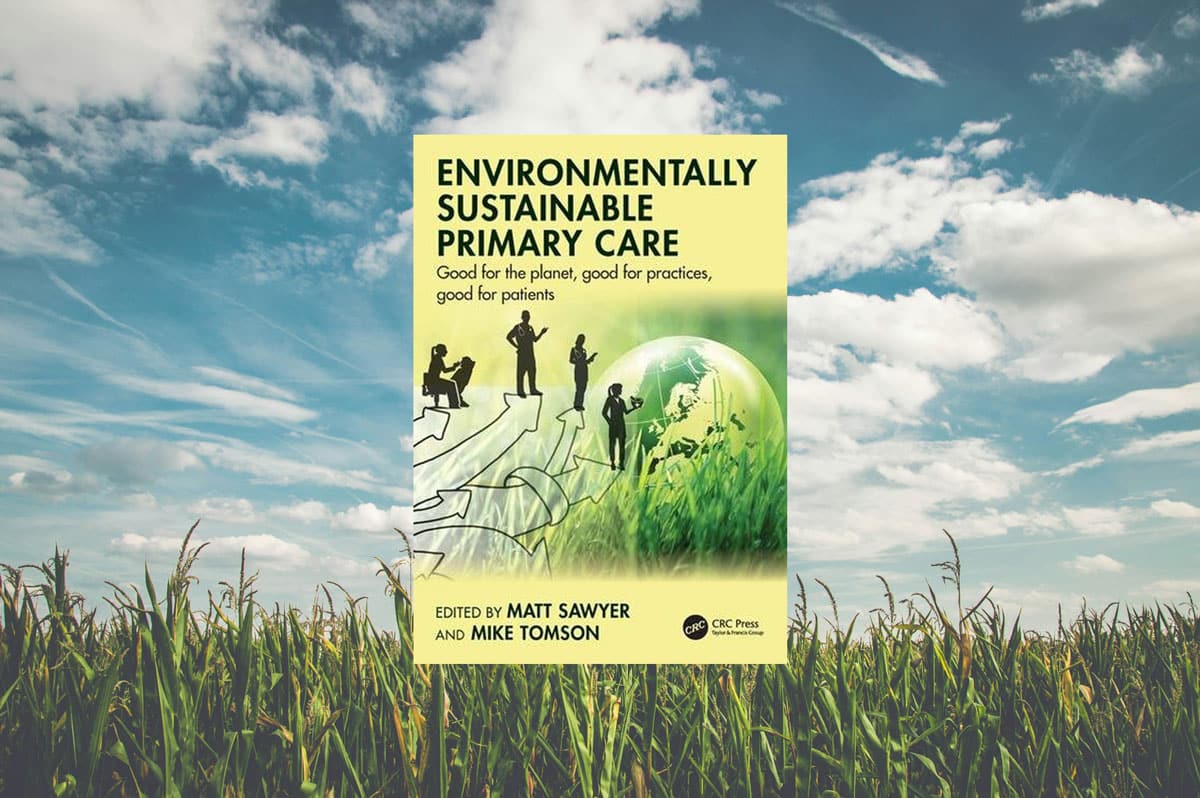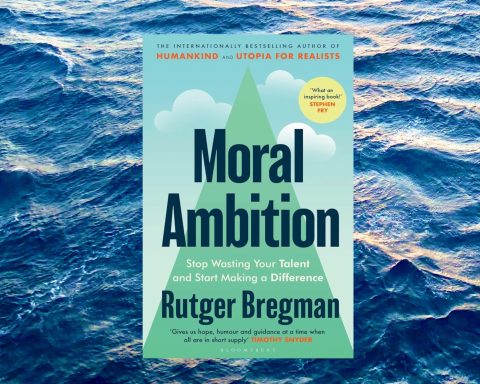 Terry Kemple is a retired GP living in Bristol with various roles promoting greater sustainability in general practice. He is past President of the Royal College of General Practitioners. He is on X: @TKemple
Terry Kemple is a retired GP living in Bristol with various roles promoting greater sustainability in general practice. He is past President of the Royal College of General Practitioners. He is on X: @TKemple
The world is changing fast. The ‘Great Acceleration’ since the mid-20th century refers to the rapid rise in human activity and its significant impact on Earth’s natural systems.
Some people actively oppose efforts to improve our sustainability and protect our planet, but worryingly most just continue to ignore the warnings about increasing pollution and overusing Earth’s resources. We all need to change our behaviours to avoid the unmanageable consequences of climate change and plan how to manage the unavoidable consequences that are already having an impact around the world.
So, what can we do? There are five key beliefs about the climate crisis that should drive us to change our behaviour: 1) it’s real; 2) we’re causing it; 3) it’s harmful; 4) experts agree on this; and 5) there’s hope.1
“This is not a book to read once, skim, or leave on a shelf … The best time to read and act on it is now.”
These beliefs challenge any idea that we can just keep doing things the same way, and continue ‘business as usual’. They call for action to transform what we do, to protect the living planet for us and future generations.
The usual problem is that many of us don’t know where to start. We feel we lack the knowledge, resources, or impact to make a difference.
A simple way to reflect on any problem is by asking three questions: What? So what? What now? The ‘What?’ is our urgent need to change and adopt more sustainable practices to protect our planet; the ‘So what?’ highlights the dire consequences of inaction versus taking action; and the ‘What now?’ is often postponed because we feel overwhelmed, too busy, or unsure of what to do next.
Environmentally Sustainable Primary Care is a book that offers a practical solution to the ‘What now?’ question for those new to tackling sustainability and climate issues.
The chapters address the following key questions: What is the issue? What can I and my practice do? And how do my actions help patients, practice, and the planet? The book looks at the four pillars of primary care — dentistry, general practice, optometry, and pharmacy — and includes international contributions.
It presents a vision for health care that is high-quality, cost-effective, and environmentally friendly. Through real-life examples, the book shows how projects and initiatives for sustainable health care are already in progress. Users can learn, take action, and educate others on how to achieve sustainability in both health care and daily life.
This is not a book to read once, skim, or leave on a shelf. It’s both an introduction and a practical guide to taking action. It explains where we are today and what we need to do next. The best time to read and act on it is now.
“Each chapter offers something relevant and practical — an idea, an action, or a new approach supported by signposting to helpful resources.”
Forewords are by two leading luminaries: Rachel Stancliffe, who founded and leads the Centre for Sustainable Healthcare, believes ‘Everyone working in primary care needs to read this book!’; and Richard Smith, a past Editor of the British Medical Journal and currently Chair of the UK Health Alliance on Climate Change, writes ‘Primary care practitioners, who are the most trusted group and who are everywhere, can act at every level, and this inspiring, comprehensive, clearly written, and practical book will be an essential guide for that action.’
The book is edited by two experienced ‘green’ GPs, Matt Sawyer and Mike Tomson. There are over 30 contributors from across primary care plus topic experts in 20 chapters over 300 pages covering planetary health, dentistry, general practice, optometry, pharmacy, lifestyle, sustainability and quality improvement, estates and energy, travel and transport, procurement, air, water, land, behaviour change, working across organisations, managing eco-distress, and turning intentions into action. There are case studies, vignettes, and anecdotes of previous successful interventions, with checklists of the most impactful actions for others to follow, as supported by the current evidence base. Each chapter offers something relevant and practical — an idea, an action, or a new approach supported by signposting to helpful resources.
This guide is most useful for primary care in all four countries of the UK, but it also applies to other high-income countries. A challenge for the editors will be keeping it updated as our understanding of climate change and the actions needed to deal with it continue to evolve. In the meantime, it is all you need to know to get started in the inevitable changes you will need to make in primary care.
Featured book: Matt Sawyer and Mike Tomson, Environmentally Sustainable Primary Care: Good for the Planet, Good for Practices, Good for Patients, CRC Press, 2024, PB, 322pp, £33.99, 978-1032793573
Reference
1. John Cook. Anthony Leiserowitz talks climate communication. YouTube 2020; 9 Sep: https://www.youtube.com/watch?v=DVITFMHjg5Y (accessed 1 Nov 204).
Featured photo by Glenn Carstens-Peters on Unsplash.






